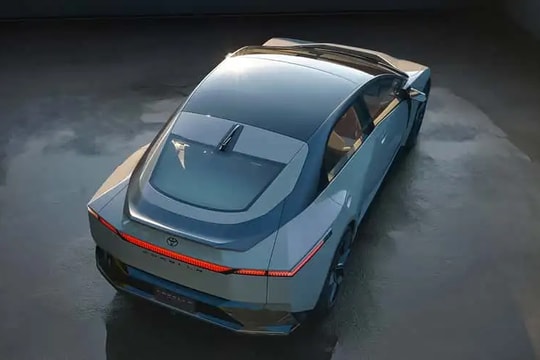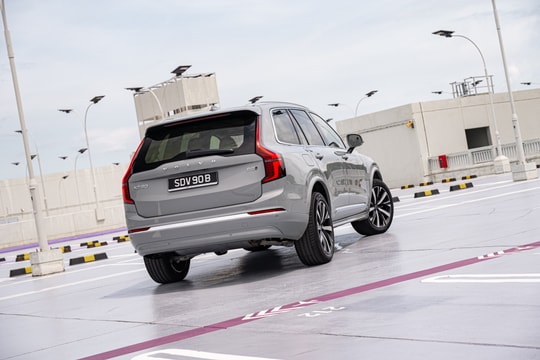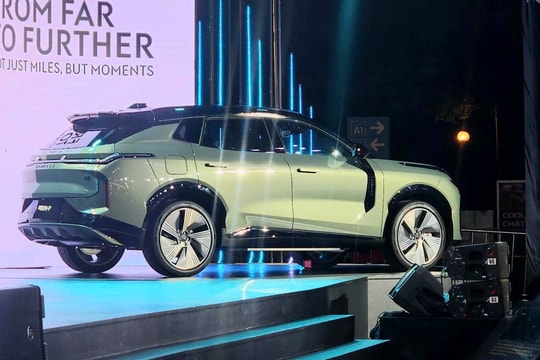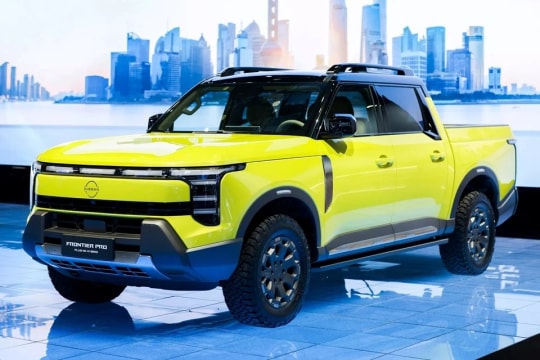PHEV 2025: T&E figures expose emissions gap
Transport & Environment study of 800,000 PHEVs shows actual CO₂ is almost 5 times higher than stated. It could cost users an extra €500/year; EU to tighten electricity consumption ratios between 2025 and 2028.
Plug-in hybrids (PHEVs) were once seen as a “green” middle ground between internal combustion engines and electric vehicles. However, real-world usage data compiled by Transport & Environment (T&E) from 800,000 vehicles in Europe shows a huge gap between official and actual emissions figures. Actual CO₂ readings can be nearly five times higher than manufacturers report, raising questions about PHEVs’ environmental efficiency and running costs.
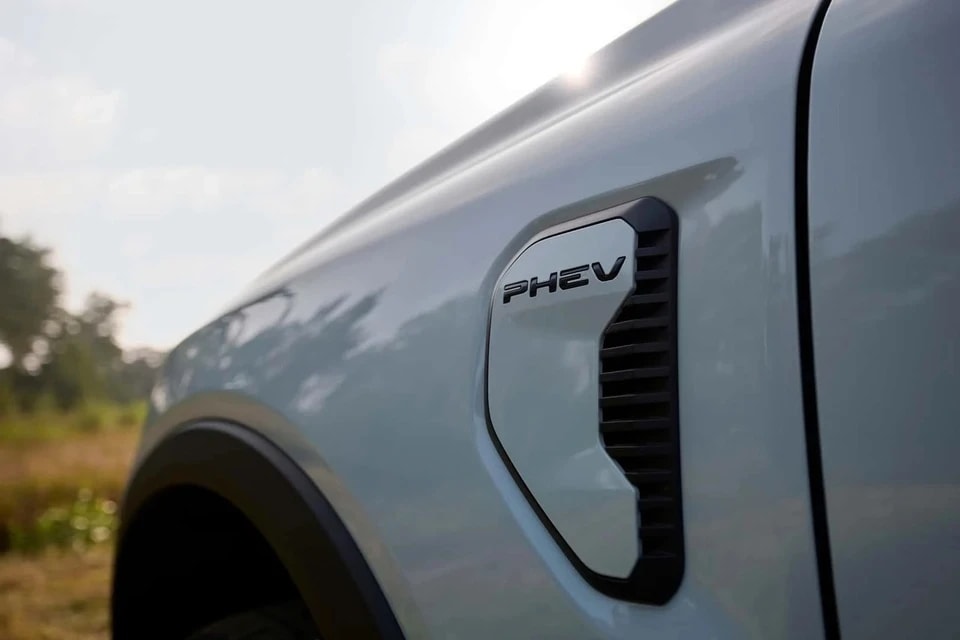
The gap between test and reality: 800,000 vehicle data
T&E recorded that in 2021, the actual average emissions of PHEVs were 134 g/km, 3.5 times higher than the 38 g/km announced by the manufacturer. In the latest study, the difference is even larger: the announced figure is only 28 g/km but the actual measurement is 139 g/km.
| Time | Declared CO₂ (g/km) | Actual CO₂ (g/km) | Difference |
|---|---|---|---|
| 2021 | 38 | 134 | ≈ 3.5 times |
| Latest | 28 | 139 | ≈ nearly 5 times |
According to T&E, the discrepancy stems from real-world usage that differs widely from the assumptions made in the certification process. Most car owners do not charge regularly or use their gasoline engines primarily; even when fully charged, many cars prematurely engage their internal combustion engines during hard acceleration, climbing hills, or in cold weather.
Why PHEVs are “less green” than imagined
- Charging behavior: many users do not charge regularly so the car runs on more gasoline than assumed when certified.
- Operating conditions: acceleration, steep terrain, cold weather cause the gasoline powertrain to intervene early, reducing pure electric running time.
- Audit assumption: calculation models in the certification estimate electricity usage rates higher than actual daily usage.
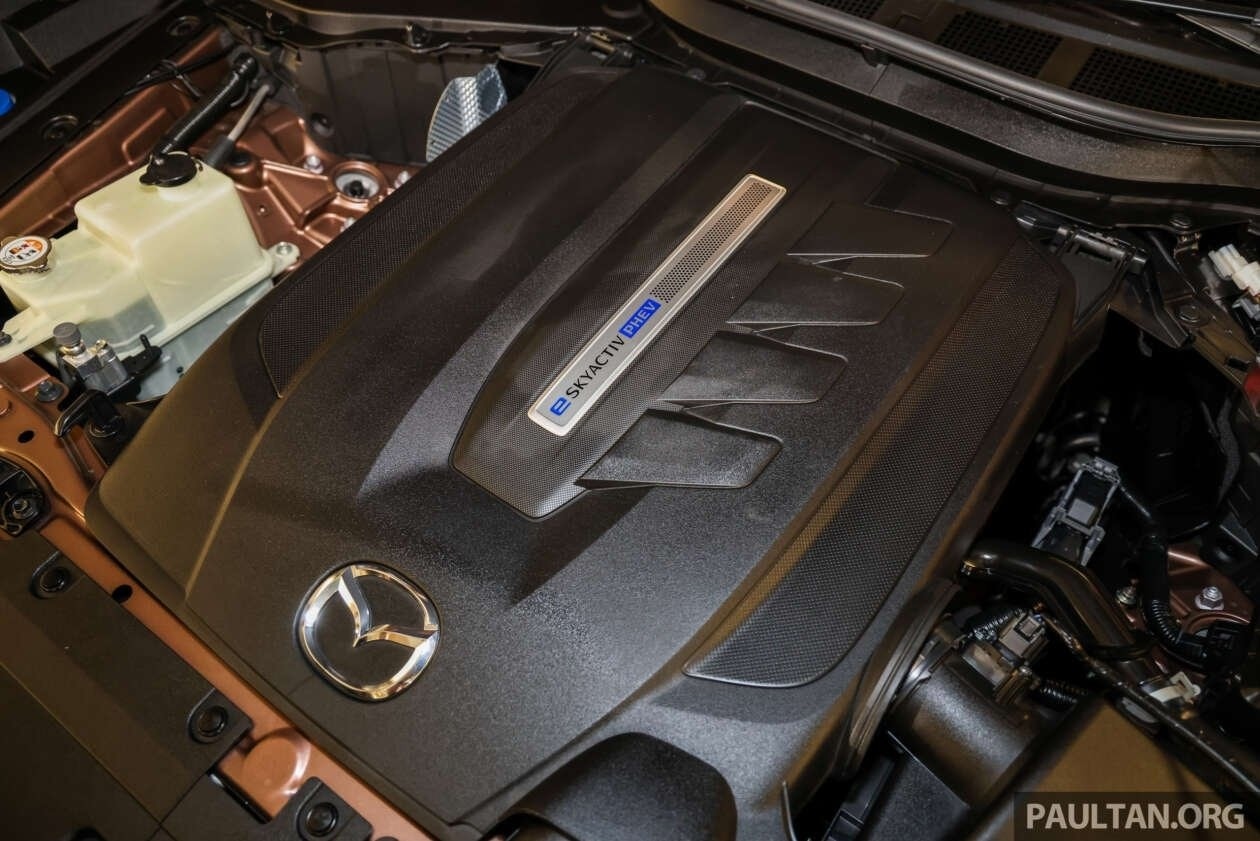
Economic and policy impacts
T&E estimates that each household using a PHEV could spend around 500 euros ($580) more per year due to higher fuel consumption than reported. At a macro level, some European governments have relied on PHEV sales to meet their fleet emissions targets. However, T&E says that the “optimistic” approach to PHEVs has helped some automakers avoid large fines, while the emissions reduction benefits have not met expectations.
As Europe moves towards the 2035 milestone of phasing out sales of internal combustion engine vehicles, the results raise questions about the role of PHEVs as an intermediary in the transition.
EU tightens "electricity usage factor" from 2025
Current regulations assume a PHEV with a 60 km electric range will operate in EV mode 80% of the time. The new framework will lower this percentage to more closely reflect real-world usage.
| Application phase | Assume EV running time with PHEV 60 km |
|---|---|
| Current | 80% |
| 2025–2026 | 54% |
| 2027–2028 | 34% |
However, T&E warned that even with the new calculation, the gap between declared and actual emissions could still be around 18%.
What PHEV users need to consider
- Charging discipline: environmental and cost efficiencies only come into play when the vehicle is charged regularly to maximize pure electric range.
- Trip profile: if you travel long distances frequently, carry heavy loads or travel in cold conditions, the petrol engine will intervene more.
- Consumption expectations: WLTP/declared figures may differ significantly from actual daily use, depending on driving habits and conditions.
Conclusion: the bridge is not complete
Based on T&E data, PHEVs are not as “green” as expected when real-world driving deviates from the testing assumptions. The gap of almost 5 times in CO₂ makes it more expensive for consumers and challenges government emission reduction targets. A tightening of the “electricity factor” from 2025 is a necessary step, but T&E believes there is still a significant gap. For buyers, the efficiency of PHEVs depends largely on charging discipline and specific usage conditions.

